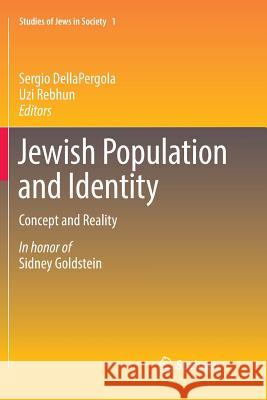Jewish Population and Identity: Concept and Reality » książka
topmenu
Jewish Population and Identity: Concept and Reality
ISBN-13: 9783030084578 / Angielski / Miękka / 2018 / 262 str.
Kategorie:
Kategorie BISAC:
Wydawca:
Springer
Seria wydawnicza:
Język:
Angielski
ISBN-13:
9783030084578
Rok wydania:
2018
Wydanie:
Softcover Repri
Numer serii:
000659149
Ilość stron:
262
Waga:
0.39 kg
Wymiary:
23.39 x 15.6 x 1.5
Oprawa:
Miękka
Wolumenów:
01
Dodatkowe informacje:
Wydanie ilustrowane











